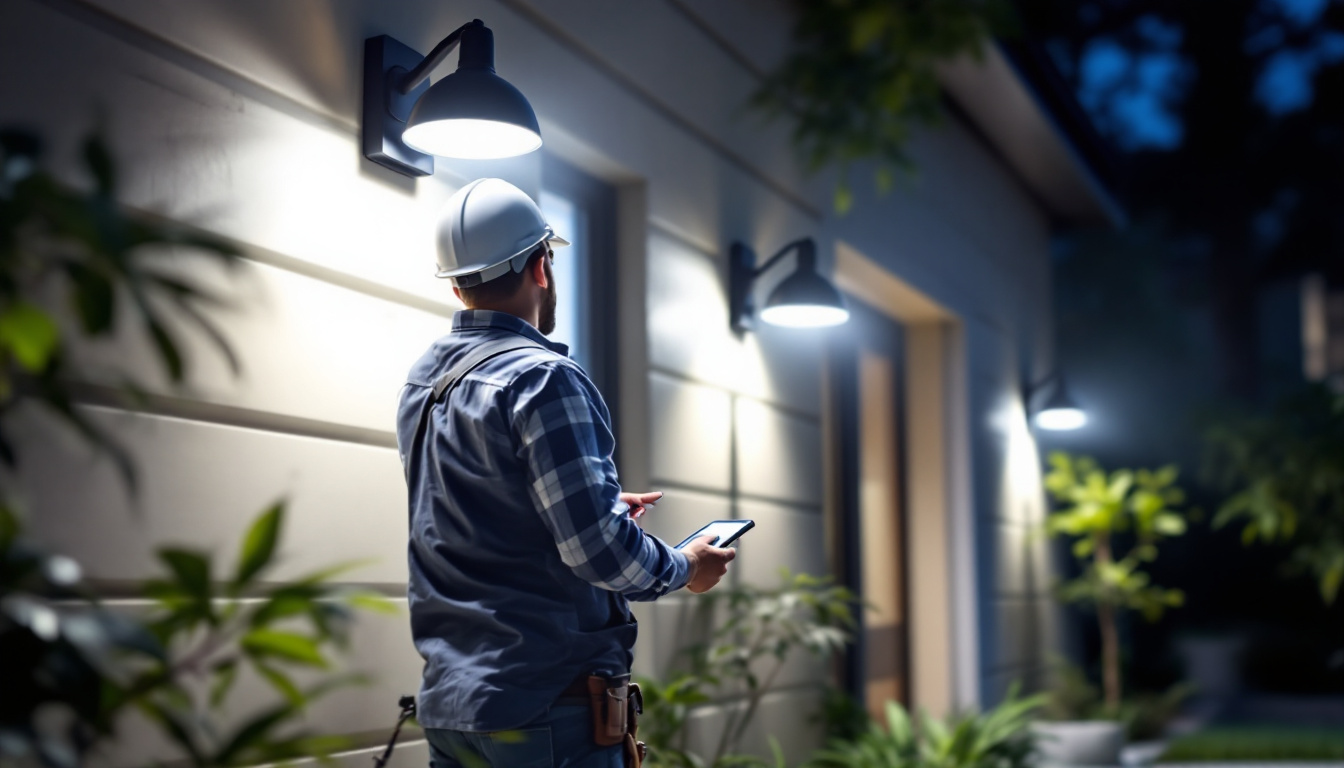
In the ever-evolving landscape of outdoor lighting, motion detector lights have emerged as a popular choice among homeowners and businesses alike. For lighting contractors, understanding the nuances of these fixtures is essential for providing optimal service and solutions to clients. This article delves into the critical aspects of motion detector lights, offering insights that can enhance the expertise of lighting professionals.
Motion detector lights are designed to automatically turn on when they sense movement within a certain range. This functionality not only enhances security but also contributes to energy efficiency by ensuring that lights are only activated when needed. For contractors, a comprehensive understanding of how these systems work is crucial in recommending the right products to clients. Additionally, the integration of smart technology into motion detector systems has revolutionized their use, allowing for remote monitoring and control via smartphones, which can be a significant selling point for tech-savvy homeowners.
There are several types of motion sensors used in outdoor lighting, each with its unique characteristics. The most common types include passive infrared (PIR), microwave, and dual technology sensors. Understanding the differences can help contractors make informed recommendations. Each type of sensor has its own set of advantages and limitations, which can affect their performance in various settings. For example, while PIR sensors are generally more cost-effective and energy-efficient, they may struggle in environments with fluctuating temperatures or in areas with heavy foliage that can obstruct their line of sight.
PIR sensors detect heat emitted by moving objects, making them ideal for detecting people and animals. Microwave sensors, on the other hand, emit microwave pulses and can detect motion through obstacles, providing a broader range of detection. This capability makes them suitable for areas where obstructions like fences or shrubs could hinder the effectiveness of PIR sensors. Dual technology sensors combine both PIR and microwave technologies, offering enhanced reliability and reducing false alarms. This combination allows for a more nuanced detection system that can differentiate between significant movement and minor disturbances, such as swaying branches or passing cars.
The detection range of motion sensors can vary significantly, typically ranging from 15 to 100 feet. Contractors should be aware of the specific needs of their clients, as factors such as property size and layout can influence the ideal sensor choice. Additionally, sensitivity settings can often be adjusted, allowing for customization based on the environment and the desired responsiveness of the lights. For instance, in a residential setting with pets, a lower sensitivity setting might be preferable to prevent lights from activating unnecessarily when the pets are outside.
Proper installation is key to the effective performance of motion detector lights. Factors such as mounting height, angle, and location can greatly impact the sensor’s ability to detect motion. For instance, installing sensors too high may limit their effectiveness, while improper angles can create blind spots. Contractors should also consider environmental factors, such as wind and rain, which can trigger false alarms if not accounted for during installation. Furthermore, the choice of location is critical; placing sensors near driveways, walkways, or entrances can maximize their utility, ensuring that they illuminate areas where safety is paramount. Additionally, contractors should educate clients on the importance of regular maintenance, such as cleaning the sensors to remove dirt or debris that could obstruct their functionality.
Motion detector lights offer a multitude of benefits, making them an attractive option for clients. Understanding these advantages can help contractors effectively communicate their value to potential customers.
One of the primary reasons homeowners and businesses invest in motion detector lights is for increased security. These lights can deter potential intruders by illuminating areas when movement is detected, making it more difficult for unauthorized individuals to approach unnoticed. This proactive approach to security can provide peace of mind for clients.
Motion detector lights contribute to energy efficiency by ensuring that lights are only on when needed. This feature not only reduces energy consumption but also lowers electricity bills, making it an appealing selling point for environmentally conscious clients. Additionally, many modern motion detector lights use LED technology, further enhancing energy savings.
For homeowners, motion detector lights provide convenience, particularly in outdoor spaces such as driveways, walkways, and patios. They eliminate the need to fumble for switches in the dark, enhancing safety for residents and guests. Contractors can highlight these practical benefits when discussing options with clients, emphasizing the role of lighting in creating a safe and welcoming environment.
With a plethora of options available on the market, selecting the right motion detector lights can be daunting. Contractors should consider several factors to ensure they recommend the best products for their clients’ needs.
The light output, measured in lumens, is a critical factor in choosing motion detector lights. A higher lumen output is necessary for larger areas or spaces requiring brighter illumination. Additionally, color temperature can affect the ambiance of outdoor spaces. Warmer tones (around 2700K) create a cozy atmosphere, while cooler tones (above 4000K) provide a more modern and alert feel.
Outdoor lighting fixtures must withstand various weather conditions, so durability is paramount. Contractors should look for products that are rated for outdoor use, with features such as weatherproof enclosures and corrosion-resistant materials. This ensures longevity and reduces the need for frequent replacements, which can be a selling point for clients.
As smart home technology becomes increasingly popular, many motion detector lights now offer integration with home automation systems. This allows homeowners to control their lighting remotely, set schedules, and receive alerts when motion is detected. Contractors should stay informed about the latest smart technology trends to provide clients with modern, adaptable solutions.
Successful installation of motion detector lights requires careful planning and execution. Here are some essential tips for lighting contractors to ensure optimal performance and client satisfaction.
Before installation, contractors should assess the property to determine the best locations for motion detector lights. High-traffic areas, entry points, and dark corners are prime spots for installation. Creating a detailed layout plan can help visualize the coverage area and ensure that all important zones are adequately illuminated.
After installation, it is crucial to test the motion detector lights to ensure they function as intended. Adjusting the sensitivity and detection range may be necessary based on the specific environment. Contractors should also provide clients with guidance on how to operate and adjust their new lighting systems, empowering them to make changes as needed.
Regular maintenance is essential for keeping motion detector lights in optimal working condition. Contractors should recommend periodic checks to ensure that sensors are clean, and any obstructions are removed. Additionally, discussing the importance of replacing bulbs and batteries can help clients maintain their systems effectively.
Even the best motion detector lights can encounter issues. Understanding common problems and their solutions can enhance a contractor’s service offerings and client satisfaction.
False alarms are a frequent concern with motion detector lights. These can be caused by various factors, including pets, moving branches, or passing vehicles. Contractors should advise clients on how to adjust sensitivity settings and recommend strategic placement to minimize these occurrences.
Inconsistent activation of motion detector lights can frustrate homeowners. This issue may arise from improper installation, such as incorrect mounting height or angle. Contractors should ensure that sensors are installed at the appropriate height and directed toward areas where movement is expected.
Power supply problems can lead to malfunctioning motion detector lights. Contractors should check the wiring and connections during installation and advise clients on the importance of ensuring that circuits are not overloaded. Additionally, using high-quality components can help prevent power-related issues.
The outdoor lighting industry is continuously evolving, and staying ahead of trends can provide contractors with a competitive edge. Emerging technologies and design innovations are shaping the future of motion detector lights.
As smart home technology continues to advance, motion detector lights are increasingly being designed with compatibility in mind. The ability to integrate with home automation systems allows for enhanced control, including remote access and scheduling. Contractors should familiarize themselves with these technologies to offer clients the latest solutions.
With a growing emphasis on sustainability, energy-efficient lighting solutions are becoming more prevalent. Motion detector lights utilizing LED technology not only consume less energy but also have a longer lifespan. Contractors can position themselves as eco-friendly options by promoting these energy-efficient products to clients.
Design trends are also influencing the development of motion detector lights. Sleek, modern designs that blend seamlessly with outdoor aesthetics are becoming more popular. Contractors should stay informed about design innovations to offer clients stylish options that enhance their outdoor spaces.
Motion detector lights represent a significant opportunity for lighting contractors to enhance the security, convenience, and energy efficiency of outdoor spaces. By understanding the various types of sensors, installation best practices, and emerging trends, contractors can provide valuable guidance to clients. As the demand for innovative lighting solutions continues to grow, staying informed and adaptable will be key to success in this dynamic field.
Ready to elevate your lighting projects with the latest in motion detector technology? Look no further than LumenWholesale for a vast selection of top-quality, spec-grade lighting products. Our unbeatable wholesale prices mean you can provide your clients with the best without the burden of inflated markups. We stand by the reliability and performance of our extensive product range, meeting the highest industry standards. Plus, with free shipping on bulk orders, you can stock up on premium lighting solutions at the best value — no hidden fees, no compromises. Enhance your service offerings with the perfect blend of quality, affordability, and convenience. Visit LumenWholesale today and discover Wholesale Lighting at the Best Value for all your outdoor motion detector light needs.
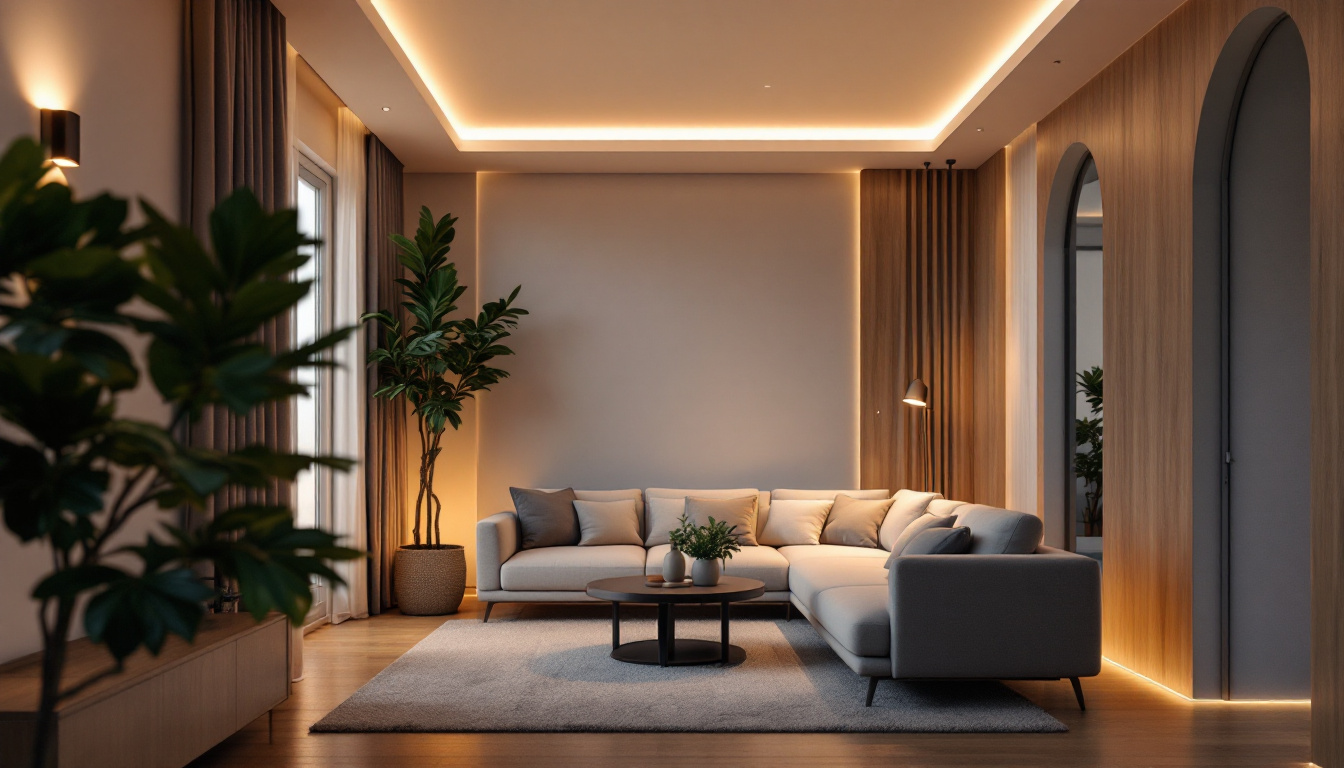
Discover how LED lights can transform your business with our comprehensive guide for lighting contractors.
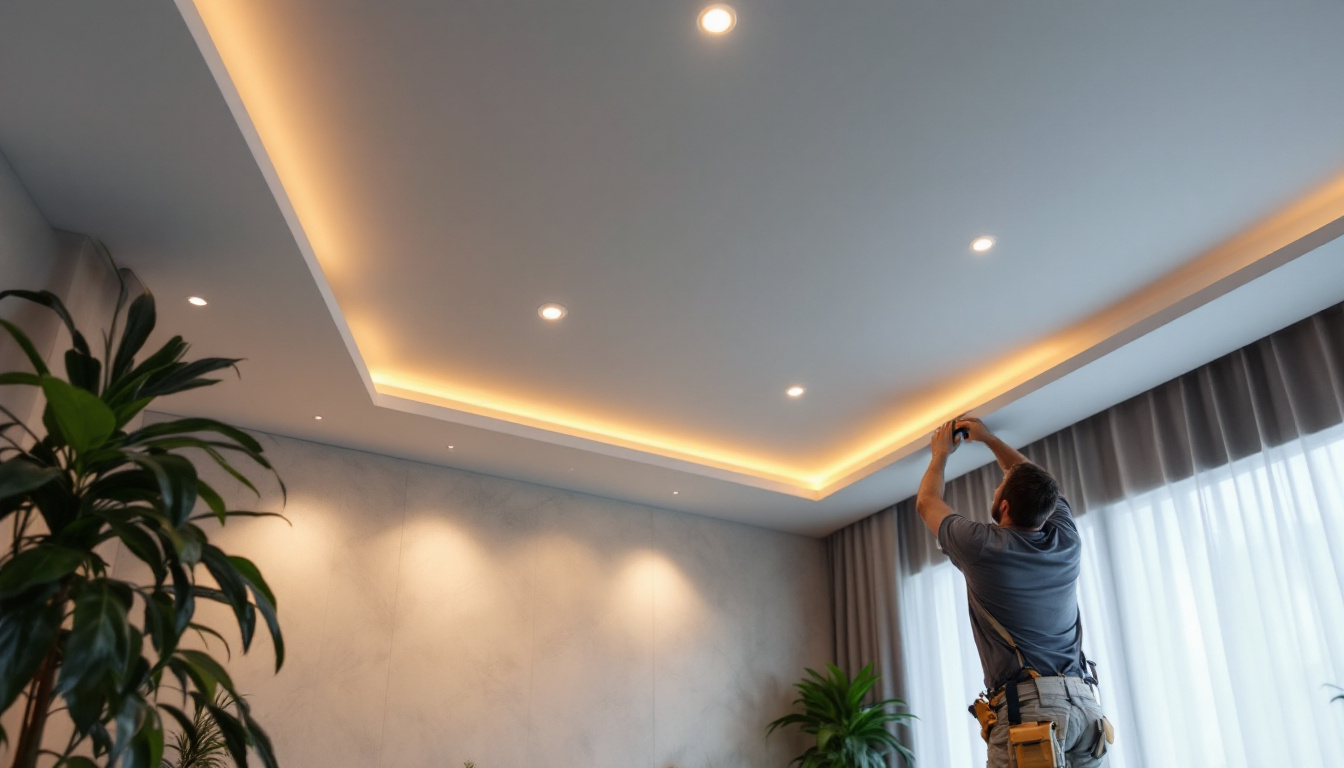
Discover how recessed ceiling LED lights are transforming the lighting industry and giving contractors a competitive edge.
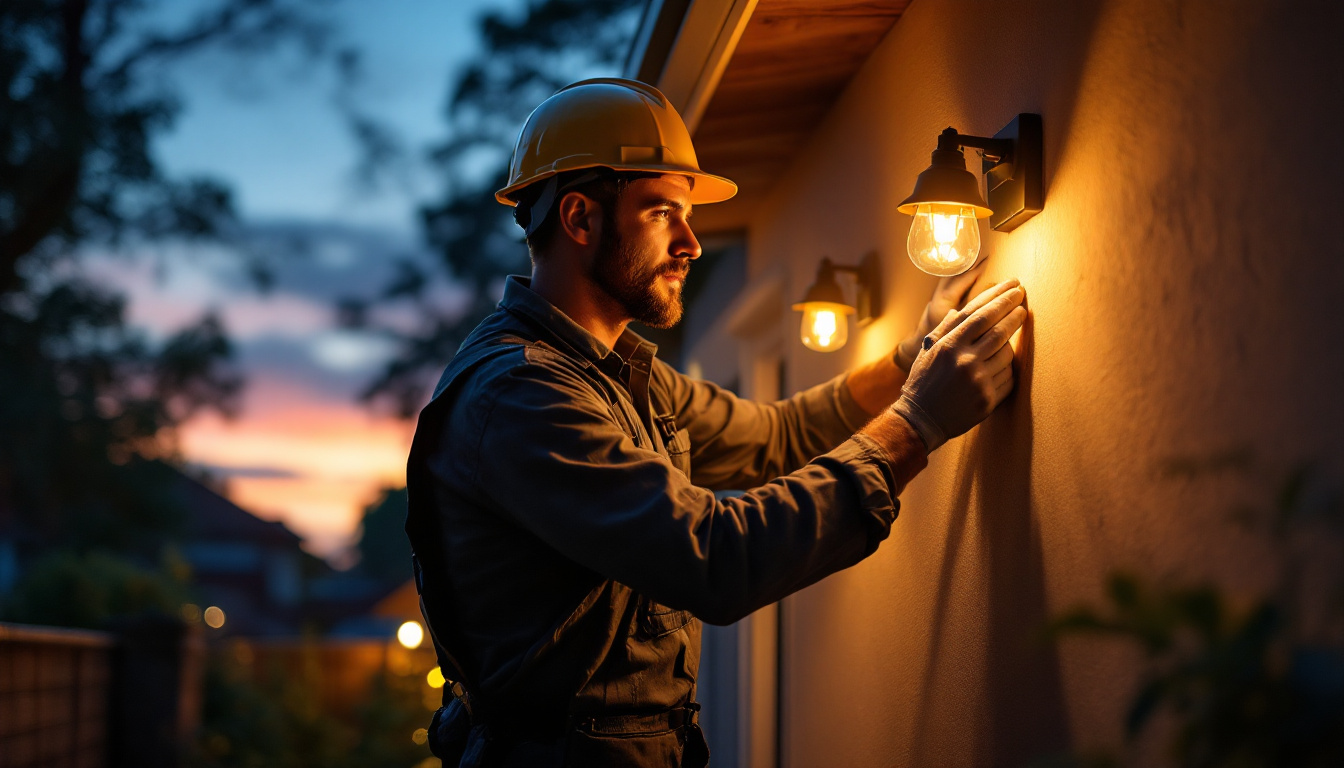
Discover how solar panel lights can enhance your business profits in this comprehensive guide tailored for lighting contractors.
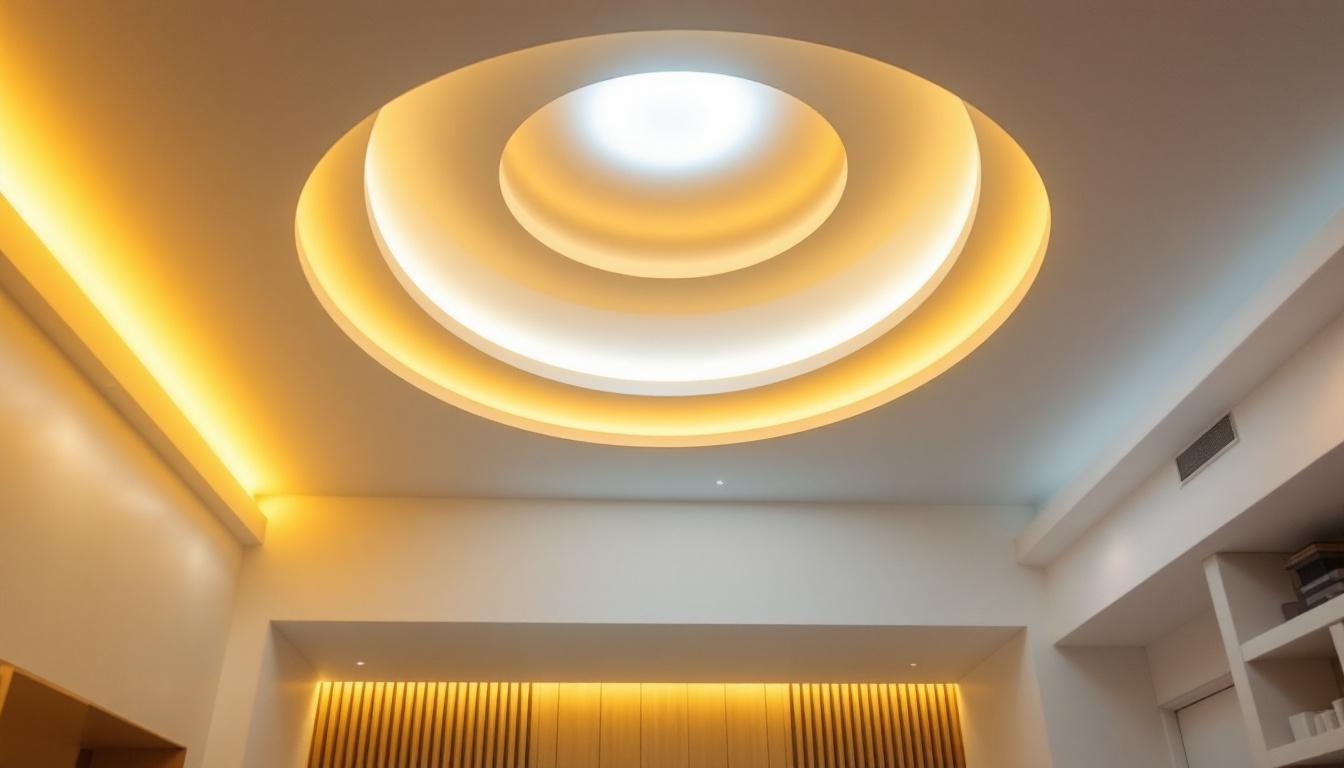
Discover why ceiling light coves are essential for lighting contractors in this insightful article.